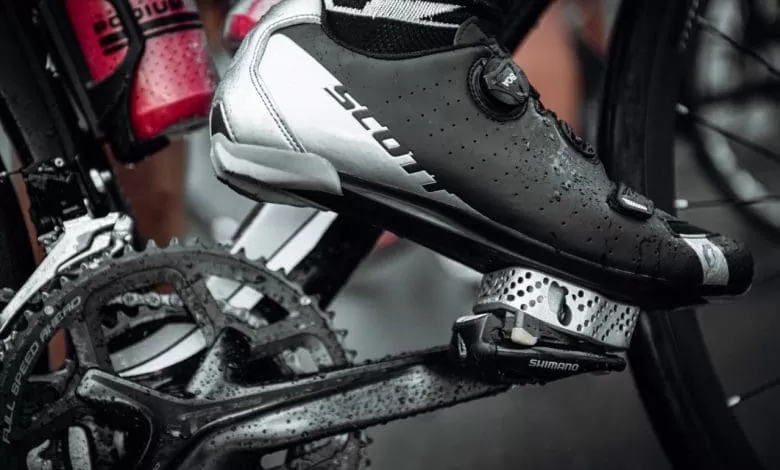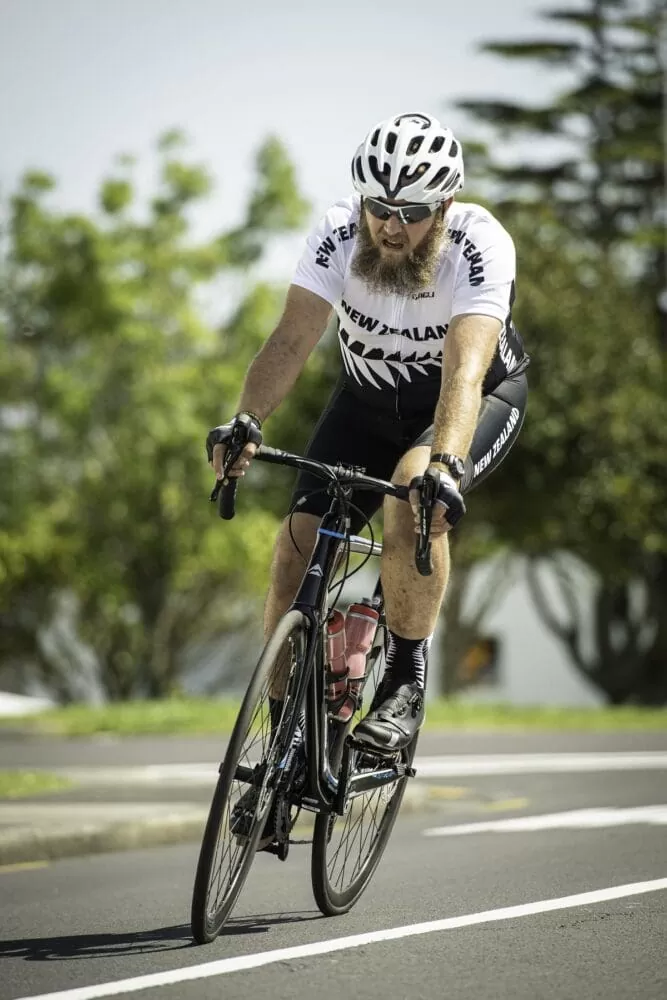



A New Zealand veteran who was in a helicopter crash 10 years ago and has suffered from long-term injuries is now preparing to participate in the next Invictus Games thanks in part to 3D printing technologies. The New Zealand Defence Force has leveraged additive manufacturing to develop a customized cycling solution for the veteran, Stevin Creeggan.
10 years ago, Creeggan was the sole survivor of a helicopter crash at Pukerua Bay in New Zealand. The severity of the crash left its mark on him: Creeggan suffered from severe damage to his right leg and has self-fused vertebrae in his neck and lower back. Since the accident, his leg has been reconstructed using plates, screws and rods, however the process has resulted in his right leg being 2.5 cm shorter than his left. This has inevitably created challenges for him, especially as he has tried to remain physically active since the accident.
Despite the odds, Creeggan leads an athletic life, and he is now preparing to participate in the upcoming Invictus Games, a sporting event founded by Prince Harry for service members that have been wounded or injured. Creeggan is training in several sporting categories, including archery, wheelchair basketball and cycling. To address the different lengths of his legs, the veteran reached out to his Invictus sports team manager, David Pilgrim, to help in finding a solution for cycling.

Cyclists conduct speed and cadence training in Whenuapai Airforce base.
Unbeknownst to Creeggan, Pilgrim took his problem to the New Zealand Defence Force engineering design team, who agreed to develop a custom solution for the veteran using 3D printing. Ewan Conaghan and Martin Campbell, two mechanical engineers in the NZDF, gladly accepted the task of designing a custom attachment to facilitate Creeggan’s cycling, that would offer benefits over the veteran’s existing homemade spacer.
“We are mechanical engineers, but people will knock on our door with all sorts of ideas,” said Conaghan. “As soon as we saw David’s request, we knew immediately that 3D printing was the way to go.”
Creeggan’s homemade spacer was made from bog, a strong but heavy material used in automotive repair. Together with the shoe cleat, the cycling aid weighed 250 g.
“That is ridiculously heavy and so one of our primary tasks was to work out how to significantly reduce its weight, whilst maintaining its strength and resilience to the outdoors,” said Campbell. “With GE’s additive technology, using titanium we were able to reduce the weight to 50 grams which was just great for Stev and the design is specific to his shoe.”
Prior to finding the optimal design for the spacer, the NZDF team worked with 3D printing to develop a few carbon fiber prototypes. All along the way, Creeggan was involved in the process to make sure the design was a good fit. When the final design was reached, the team connected with Auckland-based Zenith Tecnica, an aerospace-focused titanium 3D printing provider with GE Additive Arcam EBM Q10plus machines.

From left: Martin Campbell and Ewan Conaghan, NZDF engineers, stand with a PLA 3D printed prototype
According to Peter Sefont, technical manager at Zenith Tecnica, the spacer design was beautiful and only required a few minor changes to be optimized for the metal AM system. He said:
“We only had to suggest a few small tweaks to get to the final design and it allowed us to get the most out of the additive technology. Our GE Additive EBM machines are certified to 3D print titanium aerospace and medical parts. We make quite a few customized patient specific implants and prosthetics, as mass customisation is one of the key benefits to 3D printing, but the pedal spacer and cleat is not something we have manufactured before so it was great to be a part of it.”
Though the Invictus Games that were scheduled for May 2020 have been postponed (they are now planned for 2021), Creeggan is continuing to train using his new custom 3D printed spacer.
“The design team found that sweet spot in the middle of being light, functional and strong,” the veteran said. “My right leg is now ergonomically correct so it is now at the point where I can stand up to pedal and I have trust in my leg and my bike to push harder than I have been able to before. I am now doing 23 kilometers in 30 minutes in the track criterium, up from 18 kilometers.
Since the accident, the spacer and cleat have been the biggest game changer for me for sport or anything else. I had the chance to go in and say thank you to the design team and their pride in helping to create something for me on my Invictus journey just blew me away. It was awesome.”
source: 3D Printing Media Network